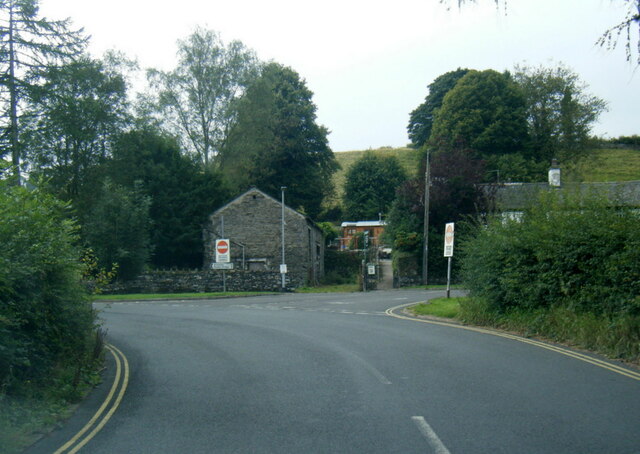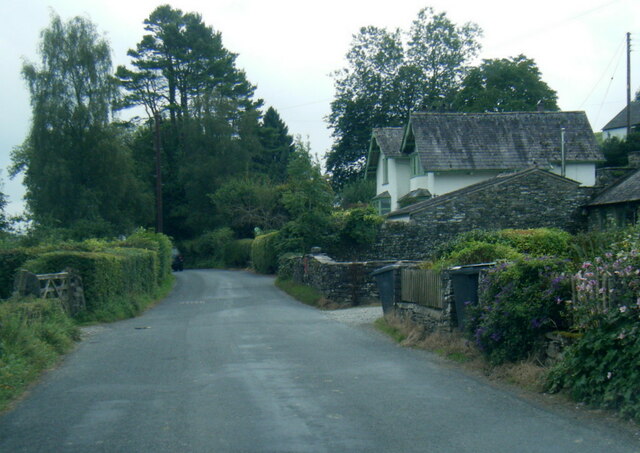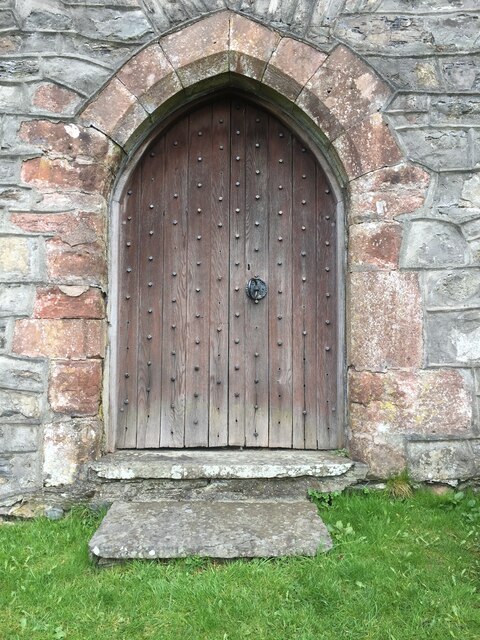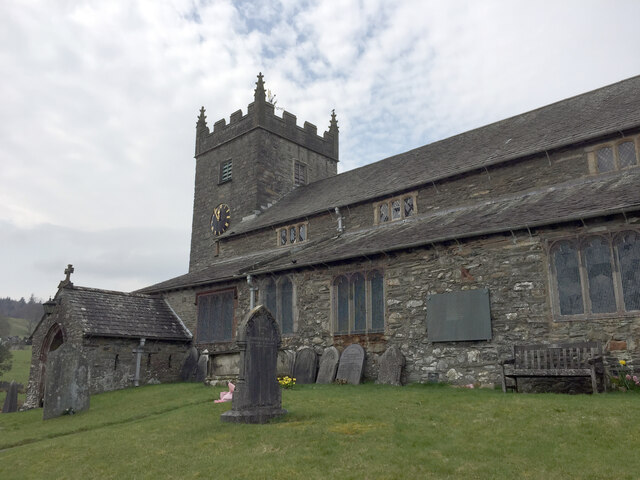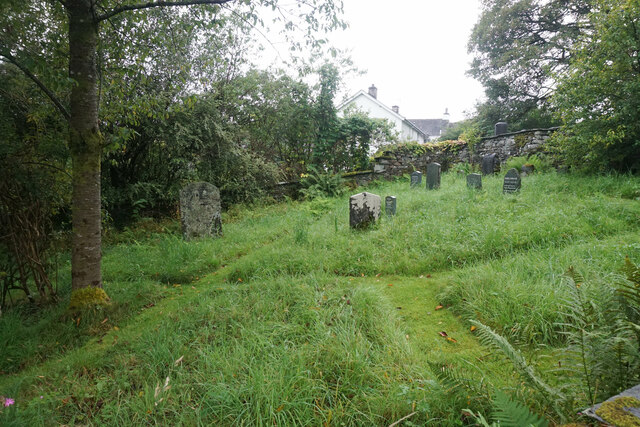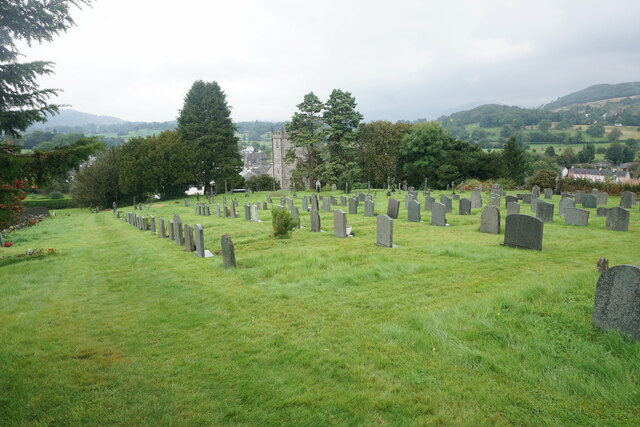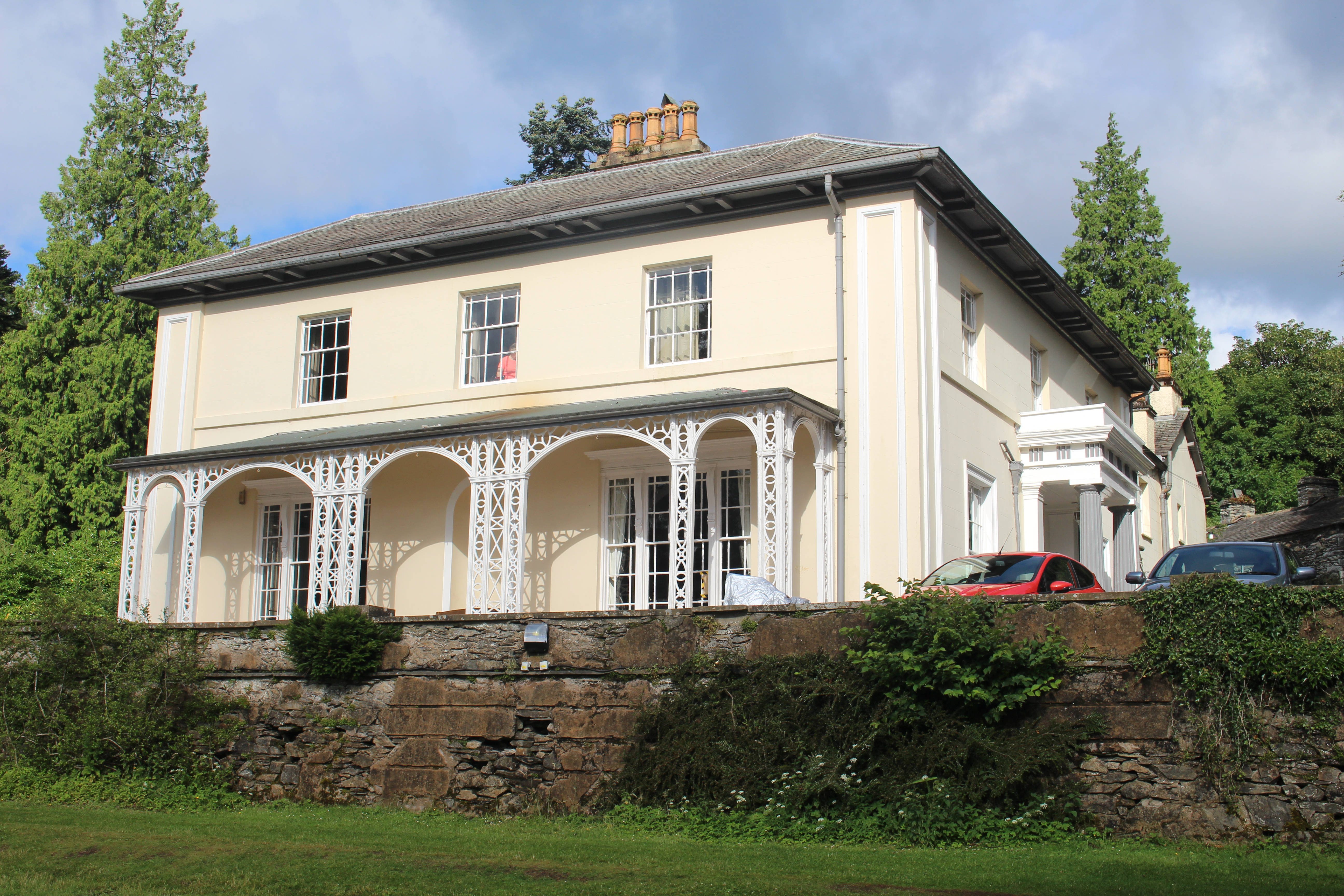Guinea Hill
Hill, Mountain in Lancashire South Lakeland
England
Guinea Hill
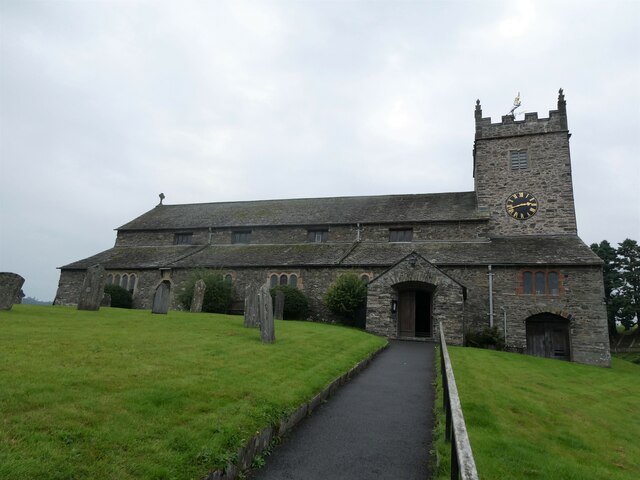
Guinea Hill is a small hill located in Lancashire, England. Situated in the West Pennine Moors, it is part of the larger Pennines mountain range. With an elevation of approximately 411 meters (1,348 feet), Guinea Hill offers stunning panoramic views of the surrounding countryside.
The hill is covered in heather and grass, providing a vibrant and picturesque landscape throughout the year. It is a popular destination for hikers and nature enthusiasts, who are drawn to its unspoiled beauty and tranquil atmosphere. The hill is also home to a variety of wildlife, including birds, rabbits, and occasional deer sightings.
Guinea Hill is easily accessible, with several footpaths and trails leading to its summit. One of the most popular routes is the Guinea Hill circular walk, which takes visitors through scenic woodlands and offers breathtaking views from the top. Along the way, hikers can enjoy the peacefulness of the countryside and discover the area's rich history, as there are remnants of ancient settlements and stone structures scattered throughout.
The hill is also a great spot for birdwatching, with a diverse range of species inhabiting the area. Visitors can often spot birds such as kestrels, buzzards, and peregrine falcons soaring through the skies above Guinea Hill.
Overall, Guinea Hill is a hidden gem in Lancashire, offering visitors a chance to escape the hustle and bustle of daily life and immerse themselves in the natural beauty of the British countryside.
If you have any feedback on the listing, please let us know in the comments section below.
Guinea Hill Images
Images are sourced within 2km of 54.362111/-3.020739 or Grid Reference SD3396. Thanks to Geograph Open Source API. All images are credited.

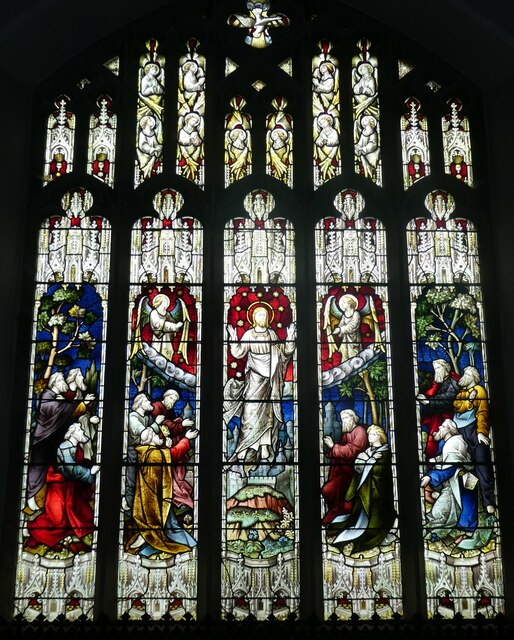
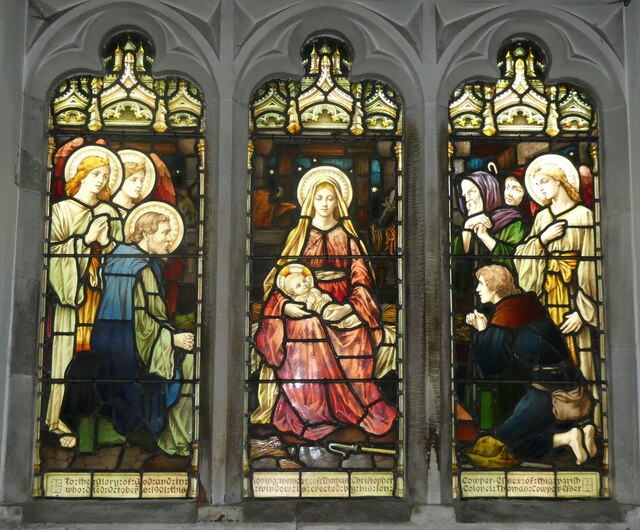
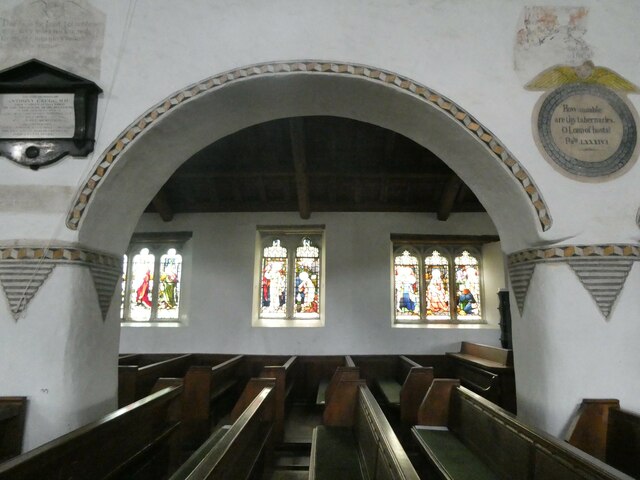
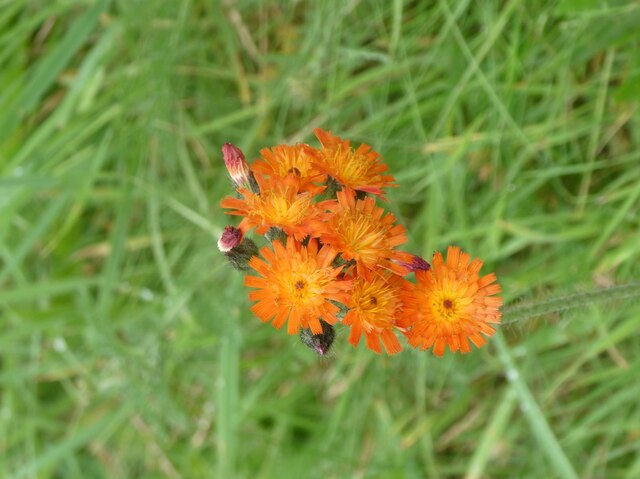
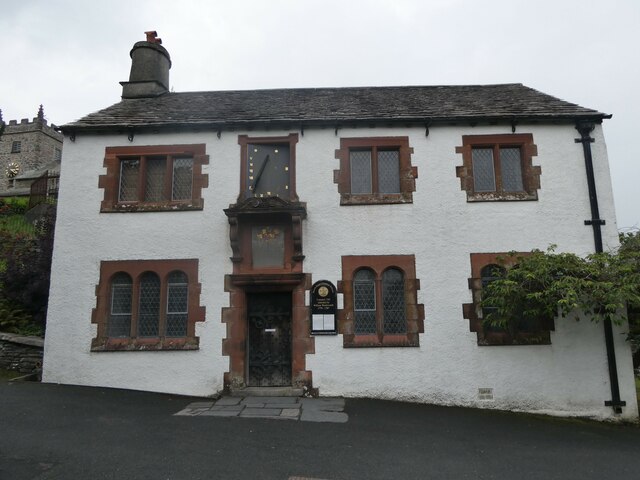
Guinea Hill is located at Grid Ref: SD3396 (Lat: 54.362111, Lng: -3.020739)
Administrative County: Cumbria
District: South Lakeland
Police Authority: Cumbria
What 3 Words
///stun.playback.wants. Near Windermere, Cumbria
Nearby Locations
Related Wikis
Roger Ground
Roger Ground is a hamlet just south of the village of Hawkshead, in the South Lakeland district, in the English county of Cumbria. == References == Philip...
Esthwaite Lodge
Esthwaite Lodge is a 19th-century house in Hawkshead, Cumbria, England; it is a Grade II listed building. The house was commissioned by Thomas Alcock...
Hawkshead Hill
Hawkshead Hill is a hamlet in the South Lakeland district, in the county of Cumbria, England. It is in the Lake District National Park. == Location... ==
St Michael and All Angels Church, Hawkshead
St Michael and All Angels Church is in the village of Hawkshead, Cumbria, England. It is an active Anglican parish church in the deanery of Windermere...
Nearby Amenities
Located within 500m of 54.362111,-3.020739Have you been to Guinea Hill?
Leave your review of Guinea Hill below (or comments, questions and feedback).
